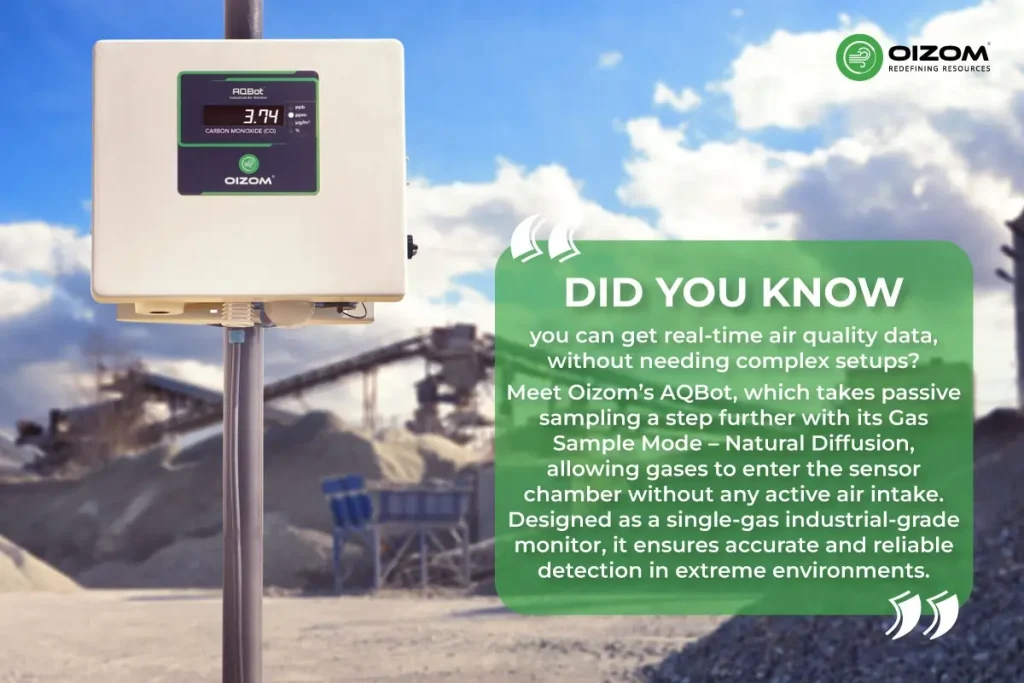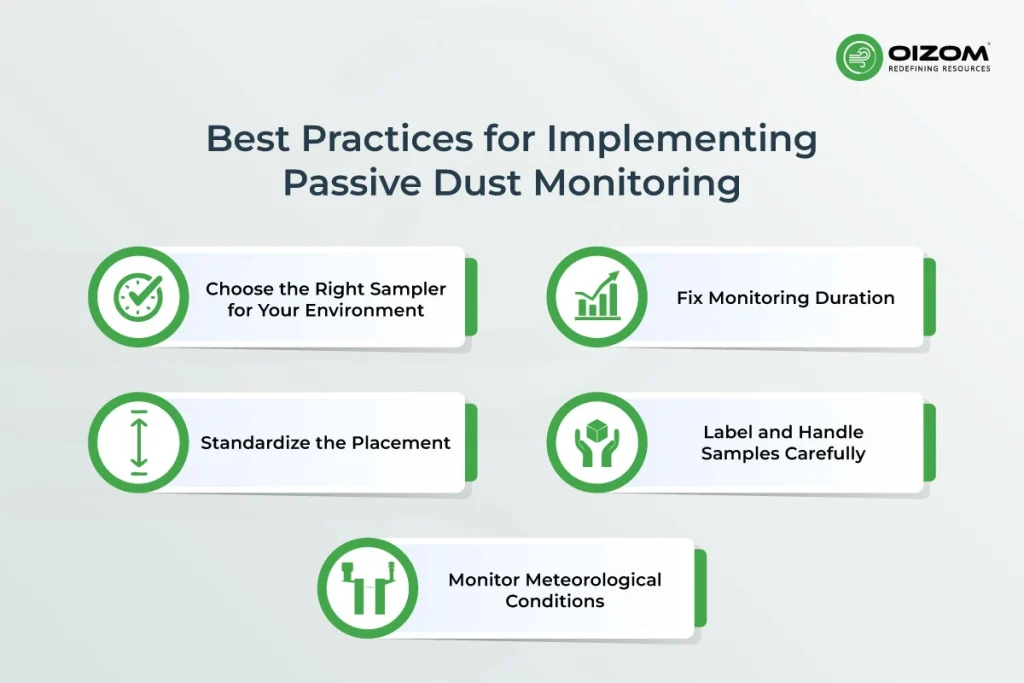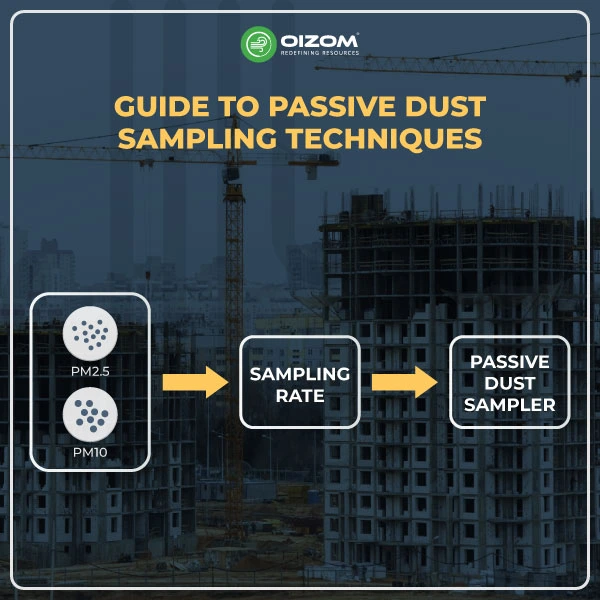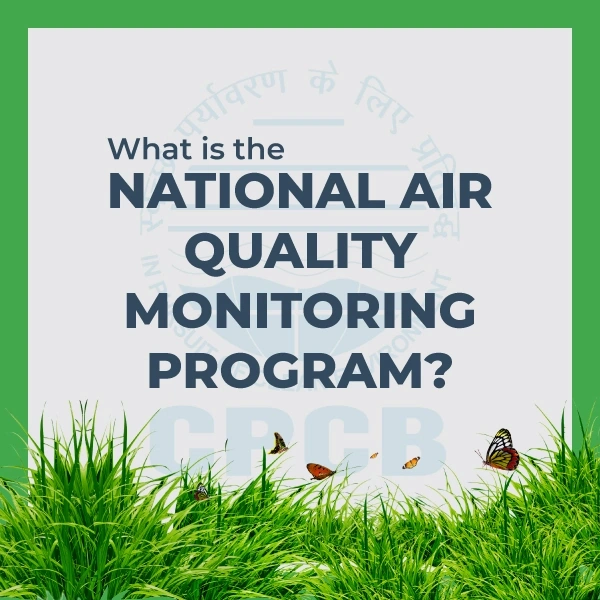When we talk about dust monitoring, the spotlight usually falls on high-end instruments and real-time data loggers. But there’s another approach that’s been quietly making an impact, passive dust sampling. It might not flash LEDs or stream live data, but it’s a solid, science-backed method that’s been around for decades.
So, what makes passive sampling so useful? For starters, it doesn’t need power or pumps. It simply lets dust settle on a surface over time, offering a low-maintenance, cost-effective way to assess particulate levels. And while it might sound basic, it’s surprisingly effective for long-term monitoring, especially in remote or low-resource areas.
In this guide, we’ll explore the core techniques behind passive dust monitoring, from gravimetric dust fall jars and sticky pad samplers, electrostatic dust cloths (EDC), to passive directional collectors used in mining and construction zones. We’ll also discuss key parameters, such as collection surface type, exposure time, and meteorological considerations, that influence sampling accuracy.
Whether you’re designing a compliance strategy, evaluating site-specific pollution, or supplementing your active monitoring systems, understanding passive methods can help you make informed, cost-effective decisions. Let’s dive deeper into how passive dust sampling works, its limitations, and where it fits into modern air quality management.
What is Passive Dust Monitoring?
Passive dust sampling is a low-cost method for collecting dust without the need for electricity or complex equipment. Instead of real-time readings, it gathers dust particles over time using non-powered instruments, making it a practical option for long-term and remote monitoring.
This form of dust sampling is particularly useful when detailed, time-averaged data is needed in environments where active equipment may not be feasible. One of the key benefits of passive sampling is that the collected dust can be analyzed later for its particle size and composition, offering deeper insights beyond just quantity (Goossens and Buck, 2011). Typically, these samples are collected over longer periods, weekly or monthly, though the accuracy of how much dust is captured can vary depending on conditions.
There are two main types of passive dust monitoring: directional and depositional.
- Directional dust monitoring focuses on dust moving with the wind and passing a specific point. This is usually done with sticky pads, which are later examined to measure how much dust has settled and the extent of surface soiling.
- Depositional dust monitoring, on the other hand, tracks how much dust settles on a surface over time. This can also use sticky pads or Frisbee-type samplers to measure dust in terms of mass per unit area per day (e.g., mg/m²/day).
Both methods of offer valuable data for understanding dust trends and supporting air quality assessments.
Key Passive Dust and Gas Monitoring Techniques
Passive dust monitoring offers a range of simple yet effective techniques to assess airborne particulate levels without the need for power or complex electronics. Let’s explore some of the most commonly used methods in the field:

Gravimetric Methods
Gravimetric methods are among the most traditional and trusted ways to monitor dust. Instruments like dust fall jars or Frisbee-type collectors are placed in open spaces and left to collect dust that settles naturally from the air. After a set period, often a week or a month, the collected material is weighed in the lab. This gives a clear measure of the dust deposition rate in units like mg/m²/day. It’s particularly useful in industrial or construction zones to assess long-term exposure and meet regulatory standards.
Directional Passive Air Samplers (DPAS)
Directional sampling focuses on how dust moves through the air, often influenced by wind. DPAS devices use sticky collection surfaces aligned to specific directions. These surfaces trap dust particles carried by air currents, allowing analysts to measure dust load later and identify dominant wind-driven sources. It’s a go-to method in open, dusty environments like quarries, mines, or construction corridors, where knowing the direction of dust flow is as important as the amount.
Electrostatic Dust Cloths (EDC)
EDCs are smart and simple. They use charged clothes that attract dust particles in the air, much like a magnet. These clothes are placed on stands or flat surfaces indoors and exposed for days or weeks. What’s great is that once collected, they can be analysed for not just dust levels, but also for biological contaminants like allergens, bacteria, or mold spores. EDCs are widely used in healthcare settings, schools, and research labs to study indoor air quality in a non-intrusive and affordable way.
SEM Stub Monitors
If you’re after detailed particle analysis, SEM stubs are a solid choice. These small, adhesive-covered mounts collect fine dust particles. After exposure, they’re examined under a Scanning Electron Microscope (SEM) to identify particle shape, size, and even chemical composition. This method is ideal when you need precise data, such as distinguishing between natural dust and industrial emissions in research or forensic environmental studies.
Petri Dish Samplers
Petri dish samplers are deceptively simple. These open dishes are placed in various environments to collect dust and airborne microorganisms over time. Once exposure ends, they’re often incubated to encourage microbial growth. This method is widely used to assess biological air quality in indoor environments like offices, schools, or clean rooms. It’s especially helpful for identifying issues like mold contamination or allergen sources.
AQBot by Oizom

What makes it even more user-friendly is the built-in on-device display, which lets you instantly view real-time gas and PM concentrations along with the unit of measurement, right on-site, without needing external tools. It’s a smart blend of passive diffusion-based sampling and modern industrial monitoring.
In fact, at one of our recent deployments at the Swati 18 construction site, where the device monitors dust, the AQBot proved its value. The developers were looking for a reliable solution to monitor dust pollution in real-time, something robust yet easy to use. AQBot helped them track particulate matter effectively and make data-driven decisions that improved both compliance and worker safety.
Sometimes, the best solutions are the ones that quietly do the heavy lifting, and AQBot is built just for that.
Comparison of Passive Dust Monitoring Techniques
| Method | Power Needed | Primary Use Cases | Advantages | Limitations |
|---|---|---|---|---|
| Dust Fall Jars / Frisbee Collectors | ❌ | Construction, Industrial Zones | Low cost, easy to deploy, measures deposition | No info on direction, weather-sensitive |
| Directional Passive Samplers (DPAS) | ❌ | Mining, Quarries, Road Corridors | Tracks wind direction & source, suitable for open areas | Limited accuracy if wind conditions vary |
| Electrostatic Dust Cloths (EDC) | ❌ | Schools, Hospitals, Labs (Indoor) | Can collect biological agents like allergens or spores | Indoor only, lab processing required |
| SEM Stub Samplers | ❌ | Research, Forensics, Source Apportionment | Microscopic detail on shape & composition | Requires SEM equipment and expertise |
| Petri Dish Samplers | ❌ | Offices, Cleanrooms, Healthcare | Detects airborne microbes, great for IAQ checks | Doesn’t quantify non-biological particles |
| AQBot (Oizom) | ✅ (minimal) 3.5 Watt (Actual consumption will vary depending on the number of parameters) | Industries, Mining, Construction, WasteWater, Remote Areas | Combines passive gas diffusion with real-time display | Needs power, designed for targeted gas/PM monitoring |
Best Practices for Implementing Passive Dust Monitoring

Implementing passive dust monitoring effectively requires more than just placing a sampler and walking away. To ensure reliable and consistent data, here are a few best practices worth following:
- Choose the Right Sampler for Your Environment: Whether it’s a dust fall jar for gravimetric analysis or directional sticky pads for wind-influenced monitoring, selecting the appropriate type of sampler is key. Consider the site conditions, open field, industrial zone, or indoor environment, and match the method accordingly.
- Standardize the Placement: Height, orientation, and surrounding obstructions can impact dust collection. Always install samplers at a consistent height (usually 1.5 to 2 meters above ground) and away from physical barriers like walls or vegetation that might affect airflow.
- Monitor Meteorological Conditions: Weather plays a big role in passive sampling. Record wind speed, direction, humidity, and rainfall during the exposure period to help interpret the results accurately.
- Fix Monitoring Duration: Define and maintain consistent exposure durations, typically weekly or monthly, to ensure comparable data across time and locations.
- Label and Handle Samples Carefully: Labeling, handling, and storage of collected samples are essential to prevent contamination or data loss during analysis.
By following these practices, passive dust monitoring can become a powerful, low-cost tool for understanding air quality trends and supporting compliance in both urban and industrial settings.
Bonus Resource: Passive Dust Sampling Deployment Checklist
Why it matters: Whether you’re just getting started or looking to streamline your process, a well-structured checklist saves time, ensures accuracy, and enhances the reliability of your data. It also provides an excellent resource for training teams or standardizing monitoring protocols across multiple sites.
What’s Inside the Checklist?
Site Preparation
- Identify representative sampling locations based on activity and wind flow
- Check for obstructions like walls, trees, or machinery that may interfere with dust settling
- Ensure mounting structures (poles, tripods, stands) are stable and weatherproof.
Sampler Installation Guide
- Recommended height and orientation for various sampler types
- Spacing guidelines between multiple samplers
- Pre-installation surface cleaning (especially for sticky pad and cloth samplers)
Sample Labeling & Handling
- Unique sample IDs and metadata tags
- Documentation template for date, time, sampler type, and duration
- Best practices to avoid contamination during collection and transport
Meteorological Data Recording Template
- Log sheet for wind speed, direction, humidity, and rainfall
- Space for nearby activity notes (e.g., construction, traffic spikes)
- Option to link with external weather data sources
Post-Collection Guidelines
- Sample storage (temperature, humidity control)
- Timeline for lab transport or analysis
- Chain-of-custody format (especially for regulatory or research use)
Bonus Tips Included:
- Do’s and Don’ts of passive sampler handling
- Calibration-free methods to ensure consistency
- How to combine passive and real-time monitoring for good insights
Conclusion
Passive dust sampling might look simple on the surface, but it’s a smart and reliable way to monitor air quality, especially when power or advanced equipment isn’t available. From dust jars and sticky pads to modern devices like AQBot, each method has its own role depending on what you’re trying to measure.
The real strength of passive sampling lies in its ability to track long-term dust exposure, meet regulatory needs, and even help analyze what the dust is made of. When done right, by placing samplers properly, sticking to set time periods, and keeping weather data in mind, it can give you consistent, trustworthy results.
Looking to the future, we’ll likely see passive monitoring get even smarter, with IoT integration, remote data access, and automated sample analysis becoming more common. This means passive methods will be more connected and easier to manage than ever before.
Whether you’re using it alone or alongside real-time monitors, passive dust sampling is still one of the most practical, cost-effective, and technically sound ways to understand what’s in the air around us.
FAQs
Passive dust monitoring relies on the natural settling of dust particles onto a surface without using power or pumps. In contrast, active monitoring uses powered instruments to draw in air and provide real-time measurements. Passive methods are ideal for long-term trend analysis, while active methods are best for real-time tracking and regulatory reporting.
Passive dust monitoring is a better choice when you need a cost-effective, low-maintenance solution for long-term or remote monitoring. It’s especially useful in construction sites, industrial zones, or areas with limited power access. Active monitoring is recommended when you need instant data or need to meet strict regulatory standards.
Yes, passive dust monitoring is commonly used indoors. Tools like sticky pads or electrostatic dust cloths (EDCs) can effectively measure dust levels in homes, schools, laboratories, and healthcare settings. They're great for identifying dust load or indoor air quality issues without disturbing the environment.






